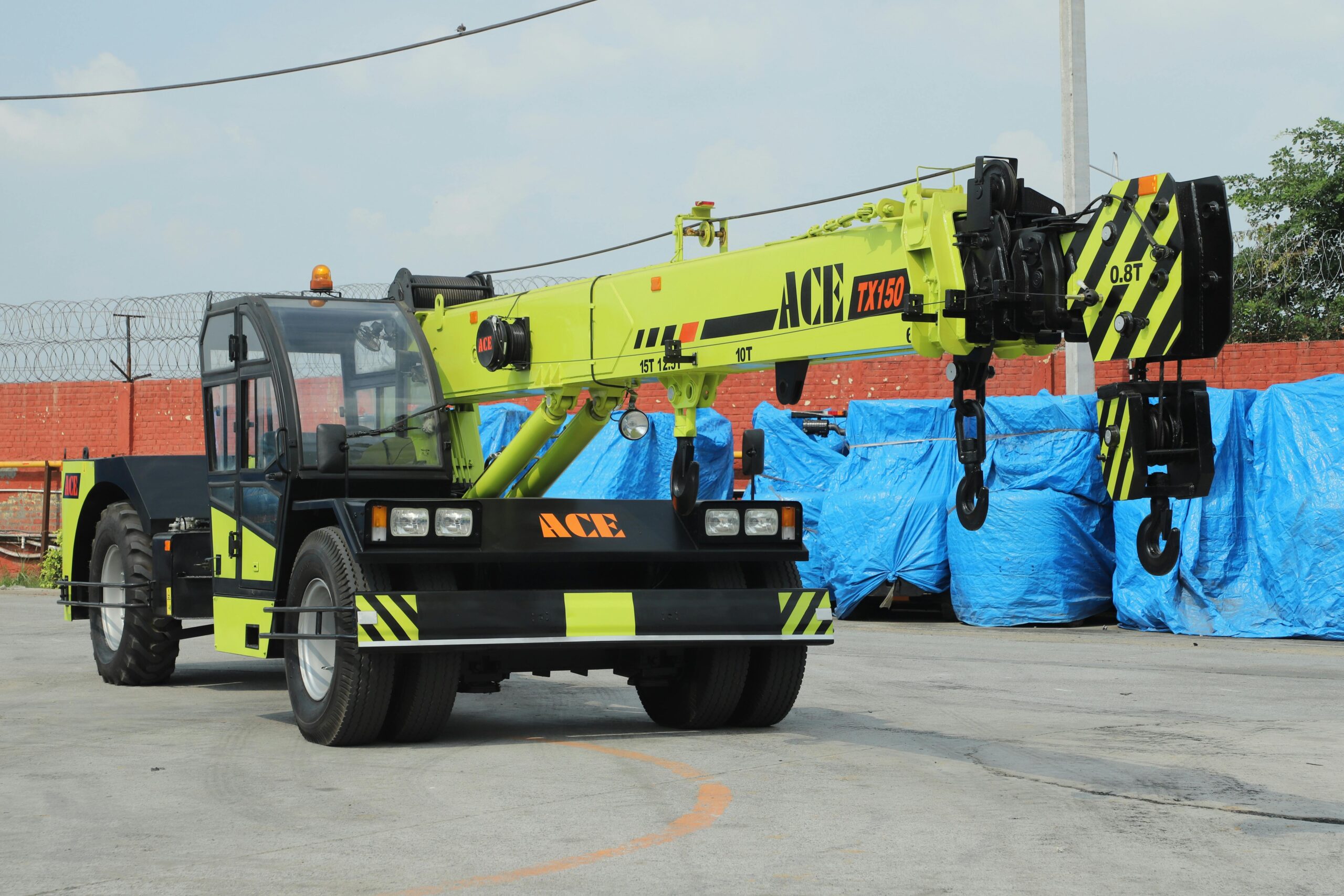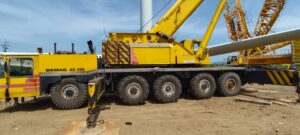Common Crane Rental Mistakes to Avoid

Renting a crane is a crucial decision in construction and industrial projects. However, many businesses make costly mistakes that lead to delays, increased expenses, and safety risks. Understanding these common pitfalls can help you make better decisions and optimize your crane rental process. Here’s a detailed guide on the most frequent mistakes to avoid when renting a crane and how to ensure a seamless experience.
1. Choosing the Wrong Type of Crane
One of the biggest mistakes in crane rental is selecting the wrong type of crane for the job. Cranes come in different types, each designed for specific tasks, such as:
- Mobile Cranes – Ideal for quick setup and flexibility.
- Tower Cranes – Best for high-rise construction.
- Crawler Cranes – Suitable for rough terrain and heavy lifting.
- All-Terrain Cranes – Versatile cranes that handle various job site conditions.
How to Avoid This Mistake
- Assess your project needs thoroughly.
- Consult an expert or rental company to choose the right crane.
- Consider factors like lifting capacity, height, terrain, and site access.
2. Ignoring Rental Company Reputation
Many renters overlook the importance of working with a reliable crane rental company. Renting from an inexperienced or untrustworthy provider can result in poor service, unsafe equipment, and hidden costs.
How to Avoid This Mistake
- Research the rental company’s reputation through online reviews and testimonials.
- Verify certifications, licenses, and insurance coverage.
- Ask about maintenance records and equipment condition before renting.
3. Overloading the Crane
Every crane has a specific load capacity, and exceeding this limit can lead to accidents, damage, and financial losses. Underestimating weight requirements is a common yet dangerous mistake.
How to Avoid This Mistake
- Conduct a load calculation to determine the required crane capacity.
- Include safety margins to prevent overloading.
- Use load charts provided by the rental company to ensure proper selection.
4. Skipping Crane Inspection Before Use
Many companies fail to inspect the crane before accepting it, leading to unexpected breakdowns and project delays.
How to Avoid This Mistake
- Inspect the crane thoroughly before signing the rental agreement.
- Check for visible damage, leaks, and worn-out components.
- Verify that all safety features are functional and up to standard.
5. Ignoring Site Conditions
Crane performance is highly dependent on the job site conditions. Poor site preparation can lead to inefficiencies, increased costs, and potential accidents.
How to Avoid This Mistake
- Conduct a site assessment to ensure accessibility and ground stability.
- Remove obstructions like power lines or nearby structures that may interfere with crane operation.
- Have a backup plan in case of adverse weather conditions.
6. Overlooking Rental Terms & Hidden Costs
Many renters sign agreements without fully understanding the rental terms. Hidden fees for transportation, fuel, overtime, and damages can significantly increase costs.

How to Avoid This Mistake
- Carefully read the rental contract and clarify unclear terms.
- Ask about extra charges like delivery, operator fees, and late return penalties.
- Get a written quote outlining all costs before finalizing the rental.
7. Hiring Unqualified Operators
Operating a crane without proper training can lead to serious accidents and legal liabilities. Some companies assume their workers can operate rented cranes without verifying their certifications.
How to Avoid This Mistake
- Hire only certified and experienced crane operators.
- Ensure operators are familiar with the specific crane model.
- Provide safety training and refresher courses if necessary.
8. Lack of Communication & Coordination
Lack of communication between contractors, operators, and site managers can lead to costly delays and safety issues.
How to Avoid This Mistake
- Establish a clear communication plan among all team members.
- Conduct pre-operation meetings to align expectations and schedules.
- Use two-way radios or other reliable communication tools during operations.
9. Neglecting Routine Maintenance
Even rental cranes require maintenance to ensure optimal performance. Some companies overlook routine checks, leading to unexpected downtime.
How to Avoid This Mistake
- Request the crane’s maintenance history from the rental company.
- Schedule regular inspections during the rental period.
- Report any mechanical issues immediately to avoid safety risks.
10. Ignoring Permit & Regulatory Requirements
Different locations have specific regulations regarding crane operations. Failure to obtain the necessary permits can lead to legal issues and project delays.
How to Avoid This Mistake
- Check local laws and obtain the required permits before renting a crane.
- Ensure compliance with OSHA and other safety regulations.
- Work with a rental company familiar with local regulatory requirements.
Conclusion
Renting a crane can be a smooth and cost-effective process when done correctly. By avoiding these common mistakes, you can enhance project efficiency, reduce risks, and save money. Always prioritize safety, proper planning, and working with reputable crane rental companies to achieve the best results.
Get the Best Crane Rental Deals
Are you looking for reliable crane rentals? CraneKart offers verified listings, expert support, and hassle-free rentals to help you find the perfect crane for your project. 🚀



